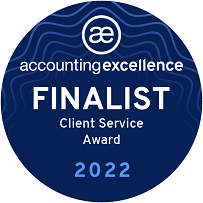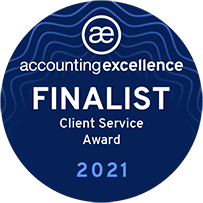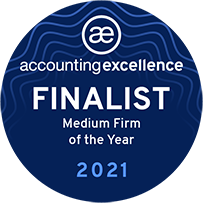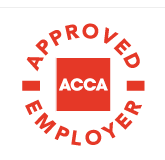What is an option to tax for Land and Buildings?
The VAT rules can become a bit more complex when it comes to land and buildings. To clarify and simplify matters, the UK government has issued VAT Notice 742A, which outlines the rules and procedures for opting to tax land and buildings. In this blog, we’ll provide a summary of the key points covered in ‘Options to tax land and buildings (VAT Notice 742A)’.

The option to tax, is a choice made by a property owner to charge VAT on the supply of a property. This option is particularly relevant when dealing with commercial properties, as residential properties are generally exempt from VAT.
Property owners might choose to opt to tax for various reasons, such as:
- Reclaiming VAT on expenses: By opting to tax, you can recover VAT incurred on property-related expenses, like construction and renovation costs.
- Selling or renting out property to VAT-registered businesses: Opting to tax can make your property more attractive to VAT-registered businesses, as they can reclaim the VAT they pay.
- Avoiding irrecoverable VAT: If you don’t opt to tax, you can’t recover VAT on costs related to the property.
You can opt to tax a property if:
- It’s not used solely for residential purposes.
- It’s not a new building (generally within three years of completion).
- You, as the property owner, are making the decision.

If you decide to opt to tax a property, you must notify HM Revenue and Customs (HMRC) within 30 days of the decision. This can be done online or by filling out a VAT1614A form. You must also keep correspondence and any record of the decision to opt to tax for a minimum of 6 years.
Once you’ve opted to tax, you must charge VAT on the property’s sale or lease. This VAT is known as ‘taxable supply.’
If you sell or lease the property, the new owner or tenant may inherit the option to tax, but they can also choose to opt out if they wish.
If you’ve opted to tax a property and later decide it’s not in your best interest, you can revoke the option. However, certain conditions and timeframes apply.
Generally, you can’t change your mind within 20 years of opting to tax for land and buildings. There is however a 6 month cooling off period where you can revoke the option to tax assuming you have met the conditions for revoking.
Opting to tax land and buildings under VAT rules can have significant financial implications, both for property owners and potential tenants or buyers. Understanding the rules outlined in VAT Notice 742A is crucial to making informed decisions regarding property transactions.
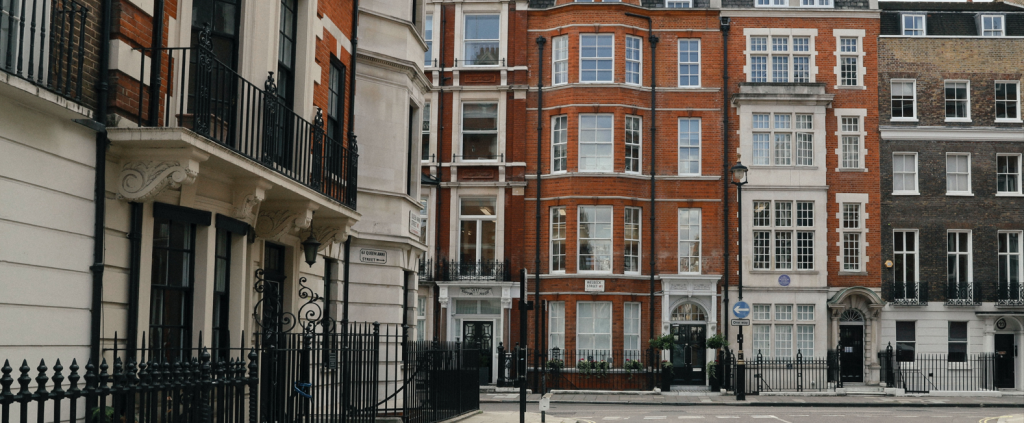
If you have any questions or require any advice specific to your circumstances, please contact us at PJCO. You can book a free discovery call by clicking the link below!
Please get in touch on 01273 441187 or book a discovery call with one of our expert accountants.
Contact

You May Also Like…
